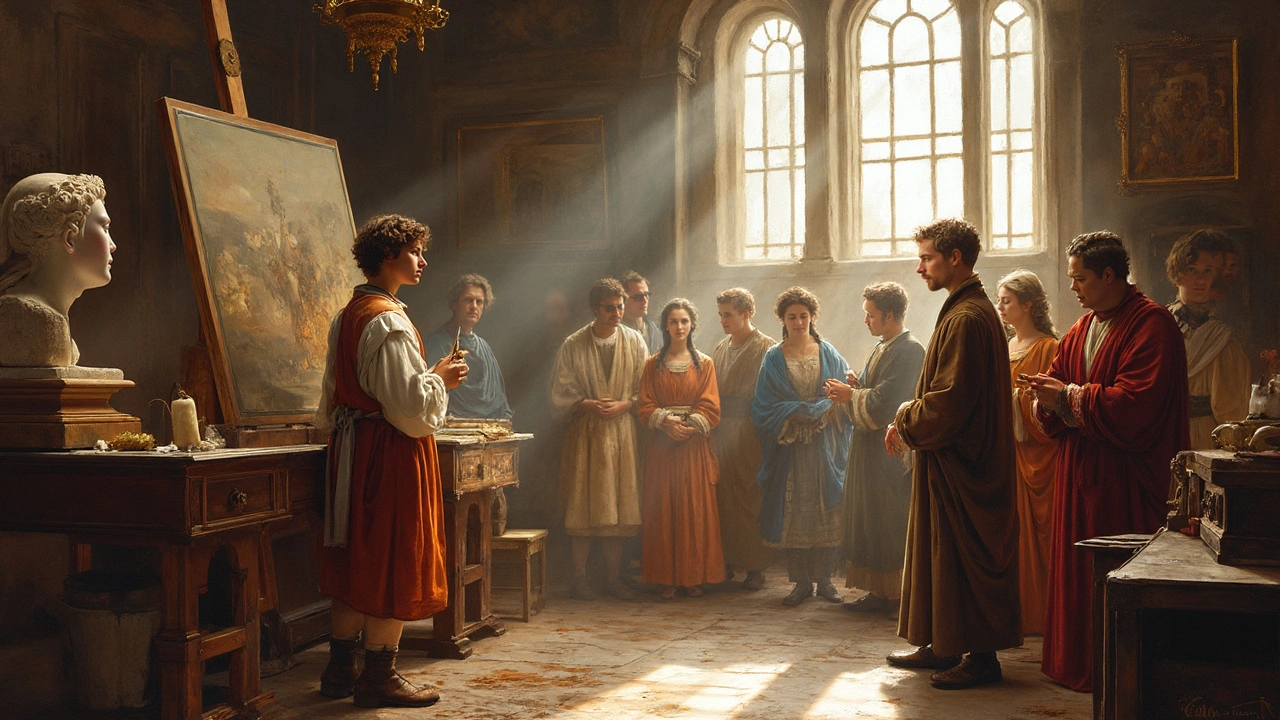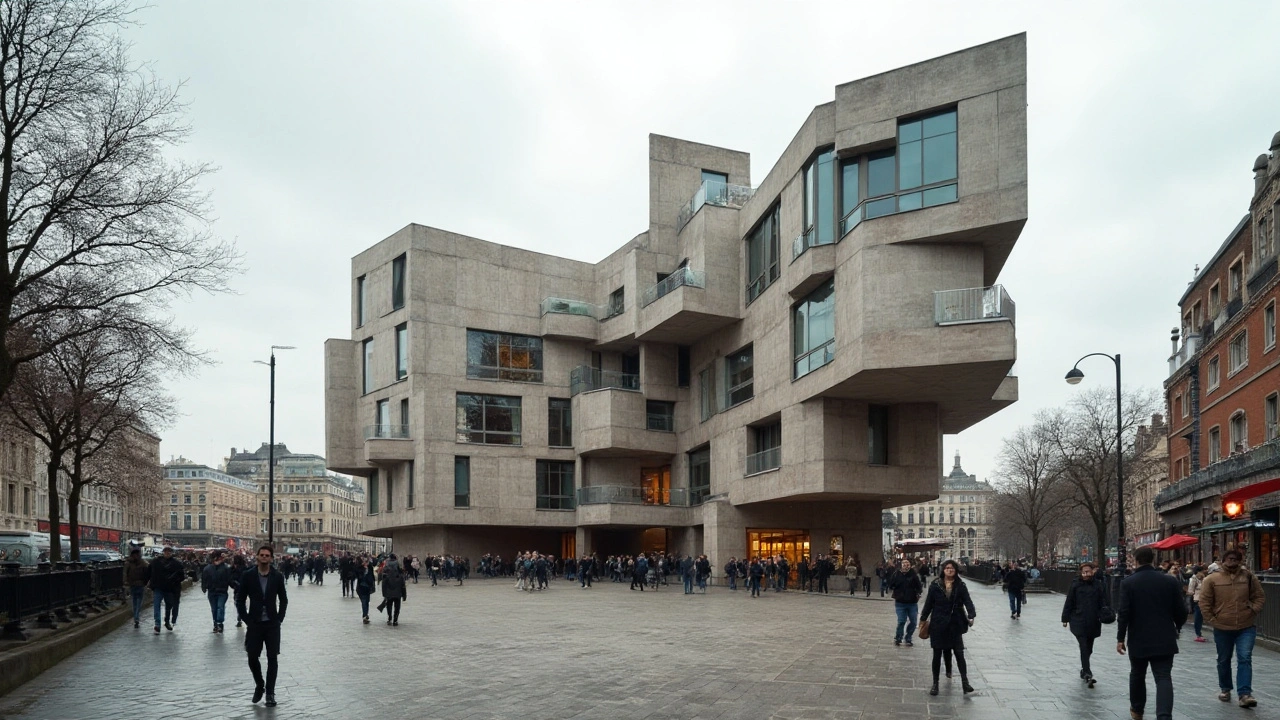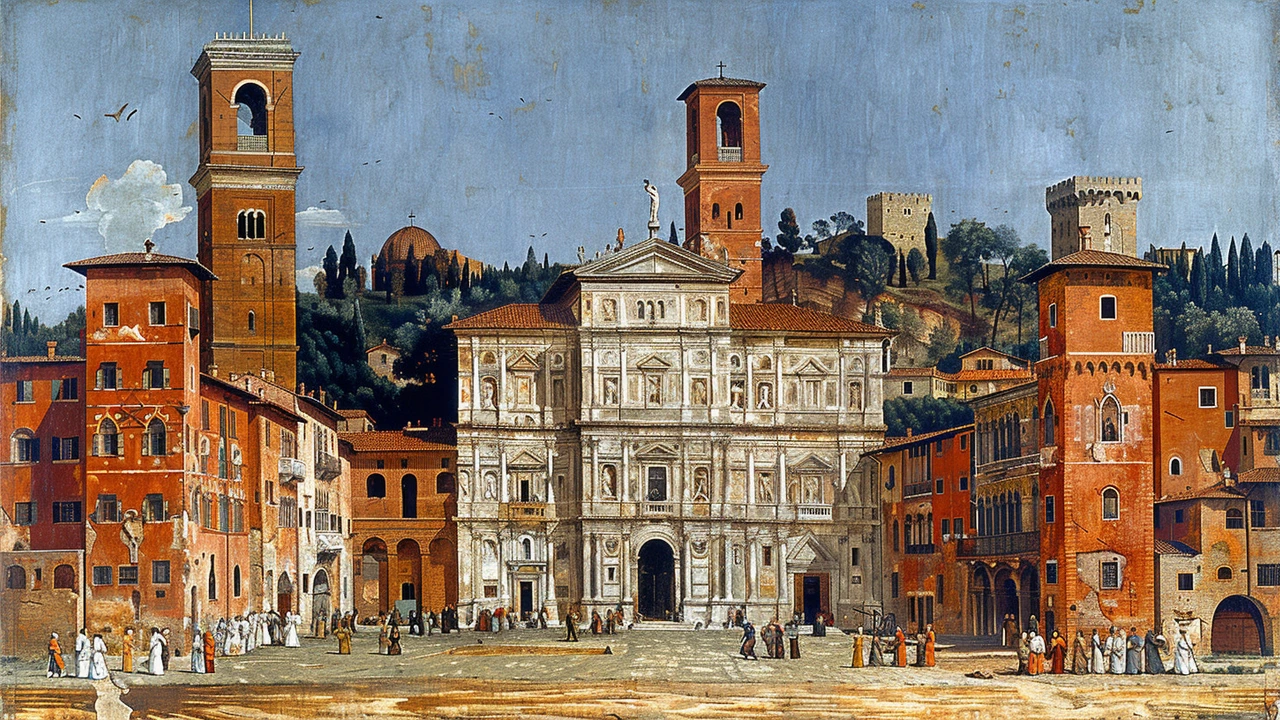Explore the exciting movement of neo-futurism in art and architecture, its unique vision, iconic examples, and how you can spot and harness future-forward creativity in daily life.
Innovation in Architecture: Ideas, Examples & How to Spot Them
Roman builders invented a concrete mix that still outlasts modern pours. That’s the kind of innovation that changes cities and shapes lives. Innovation in architecture isn’t just shiny new materials or flashy facades—it's practical solutions, fresh ways to move people through space, and design choices that respond to climate, culture, and technology.
On this tag page you’ll find posts ranging from ancient Roman techniques to neo-futurism and high-tech towers. Each article shows one way architects pushed boundaries. Read them not as history, but as a toolkit: the past solved structural problems, modern designers solve sustainability and user comfort, and future-forward work imagines whole new city systems.
How to spot innovation in a building
Want a quick checklist when you walk past a building? Look for these clues. First, materials used in an unexpected way—concrete turned into sculptural vaults, or glass treated to control heat while staying transparent. Second, a solution to a real problem: does the shape reduce wind, manage rain, or cut cooling needs? Third, integration of technology—visible sensors, modular panels, or adaptive facades that change with the weather. Fourth, a mix of old and new—historic details reused with modern structure often signal creative thinking. Finally, how people use the space: if circulation feels easier, or public life springs up around the building, that’s successful innovation.
Practical ways to apply architectural innovation
If you’re a homeowner: borrow one idea, not the whole look. Use passive design—orient windows for daylight and shade, add thermal mass, or choose ventilated facades. For small projects, try simple tech: motorized shades, smart lighting, or recycled materials for visible elements like benches or planters.
If you’re a designer: test the failure early. Build a mockup of one wall, one joint, or one joinery detail. Use material experiments to solve a single problem—acoustics, rain control, or modular assembly—and then scale what works. Collaborate early with engineers and fabricators; many modern innovations come from tight teamwork, not solo epiphanies.
If you love exploring cities: focus your visits. Compare a Beaux-Arts civic building next to a high-tech tower, or walk a neighborhood that mixes Georgian facades and mid-century modern houses. Read short posts on this tag to get context—knowing the why behind a choice makes the how easier to spot.
Use innovation as your lens. Ask: what problem did this design solve? What tool or idea did they reuse in a new way? The articles under this tag give clear examples—from ancient engineering tricks to neo-futurist visions—so you can recognize useful ideas and adapt them to your projects or curiosity.
This article breaks down how the Renaissance flipped the script on what it meant to be an artist. It digs into why painters and sculptors went from anonymous workers to household names during this period. You'll get a look at the big shifts in thinking that let creative people stand out and take credit for their work. Find out how these changes still shape our view of art and artists today. You'll also pick up tips on spotting real Renaissance influence in modern art.
Deconstructivism challenges conventional design with its avant-garde approach, dispelling the norms of uniformity and order. This movement, rooted in architectural innovation, transforms traditional structures by emphasizing elements like fragmentation and irregularity. With influential figures such as Frank Gehry leading the charge, deconstructivism has redefined spaces from buildings to urban environments. By exploring this design philosophy, observers can gain insights into the creativity and risk-taking that drives this transformative art form.
The Renaissance marks a significant period in history, characterized by great change and innovation. It was a time of extraordinary cultural revival, affecting art, science, and society. Explore the key aspects and influential figures of this era, discovering how the Renaissance shaped the modern world.




